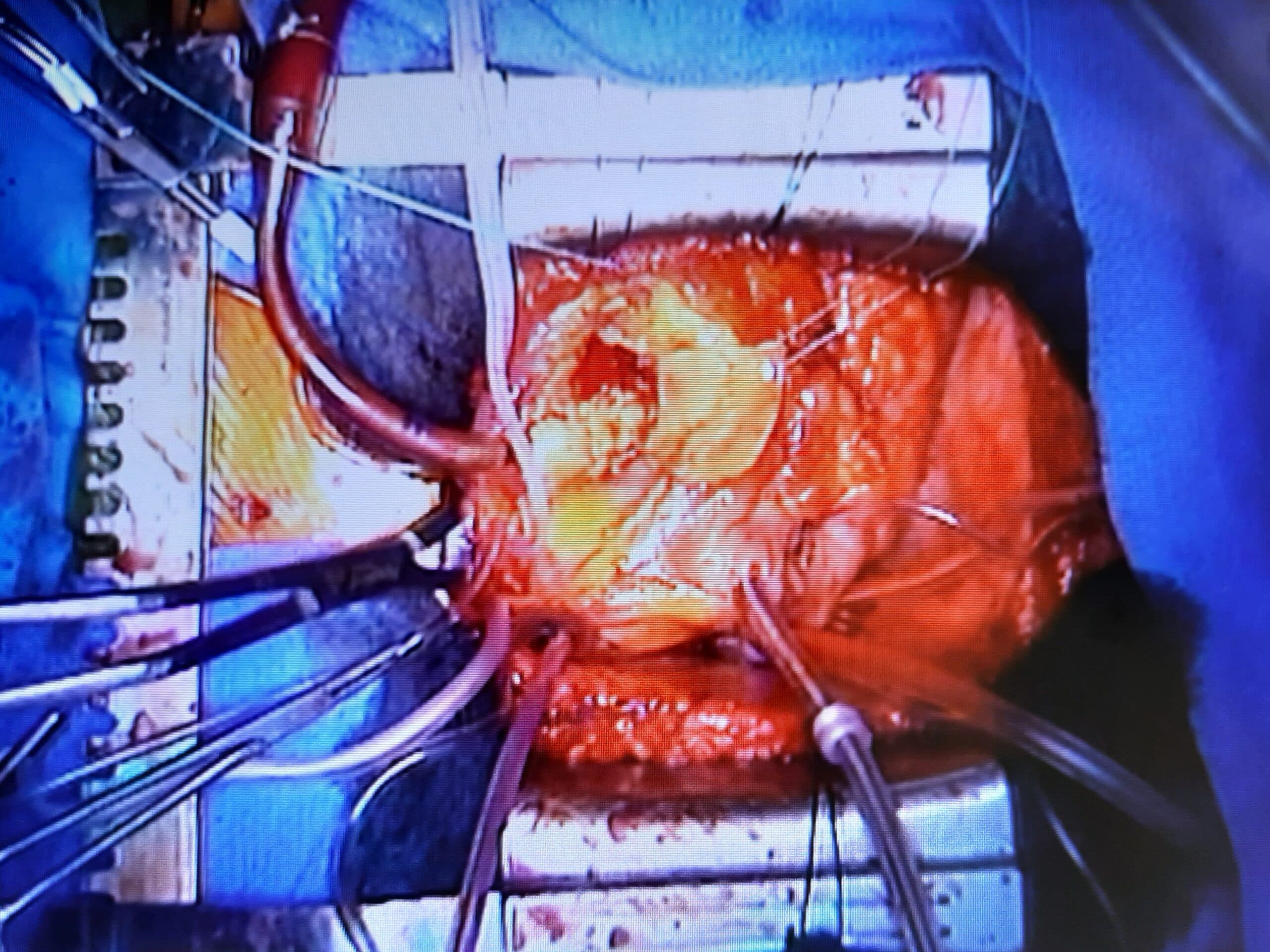The Paradox of Exceptionalism: Setting Priorities Straight

Surgical innovation is exponentially accelerating. Prabhu and Rosen describe the phenomenon of rural hospitals and surgeons in the United States increasingly adopting and demanding surgical robots.1 Given the high costs associated with robotic surgery, they rightly mention the tense balance between “constant financial pressure juxtaposed against unsustainable health care spending, until the so-called bubble finally bursts.“1
The United States is the single-largest health care spender in the world, spending nearly four trillion US dollars on health (over US$10,000 per capita) each year, at least double that per capita of most European countries. Meanwhile, life expectancy and health metrics in the United States trail other high-income and many upper-middle-income countries. This paradox is well-known and is in part because a quarter of health care spending in the United States, nearly one trillion US dollars, is wasted each year. In comparison, Costa Rica spends <US$1000 per capita on health care each year yet its population has a higher life expectancy than Americans. Moreover, that wasteful spending could provide free access to primary care for all low- and middle-income countries, or over six billion people worldwide.
Robotic surgery has its role in large tertiary and teaching hospitals where high volumes, shorter length of stays, and lower per-procedure costs can be achieved based on economies of scale and volume-outcome relationships. However, the pervasive, inefficient, and harmful trends observed in today’s health care “market” in the United States should remain a large concern in addition to the repercussions of direct-to-consumer marketing or attempts to attract surgeons to rural areas through unsustainable robotic expansions, which ultimately become a gimmick rather than a gift to rural populations. Unless we reprioritize the delivery of higher quality care at a reduced cost, robotic surgery will not deliver on its promises to better care for our patients.
